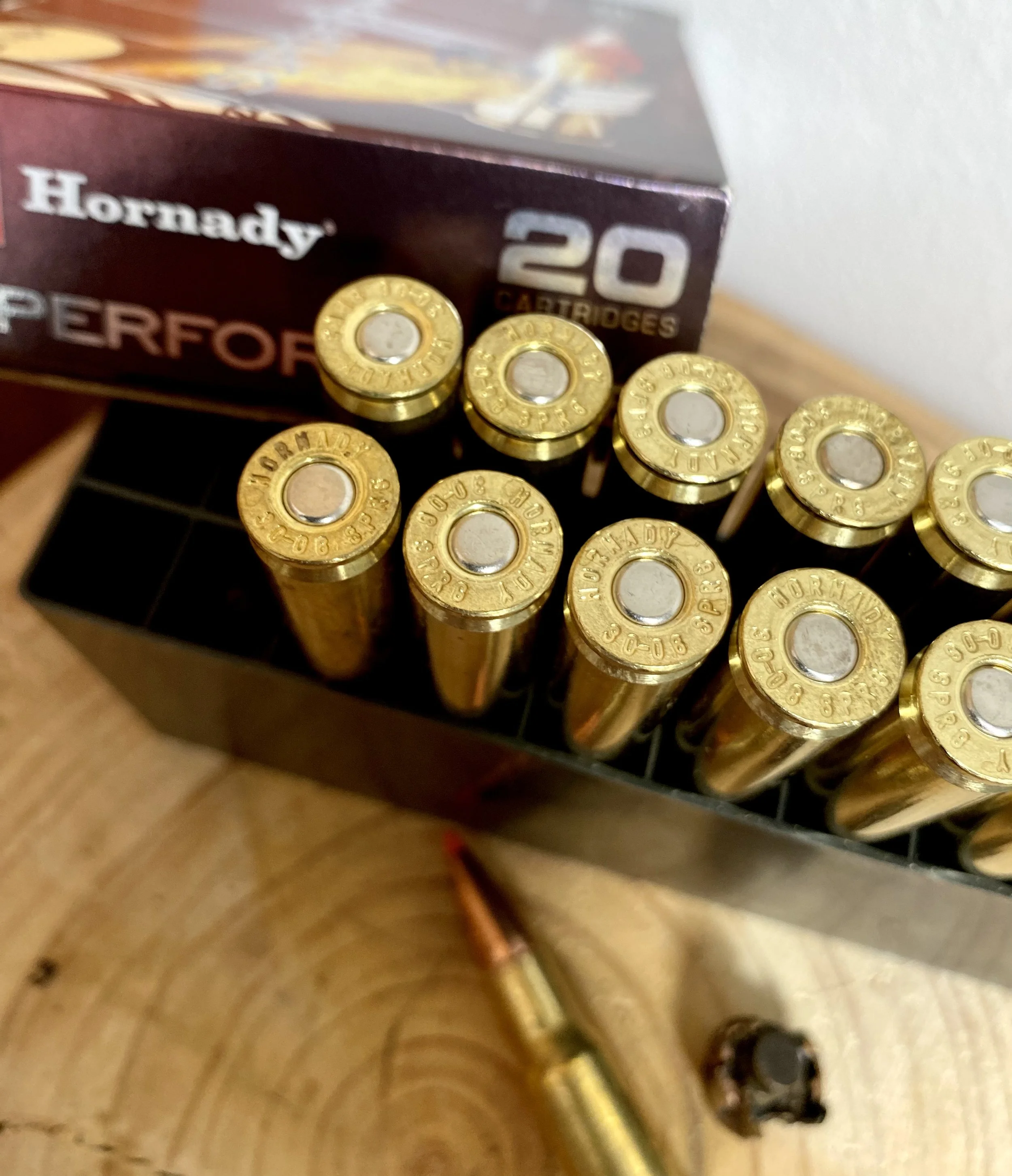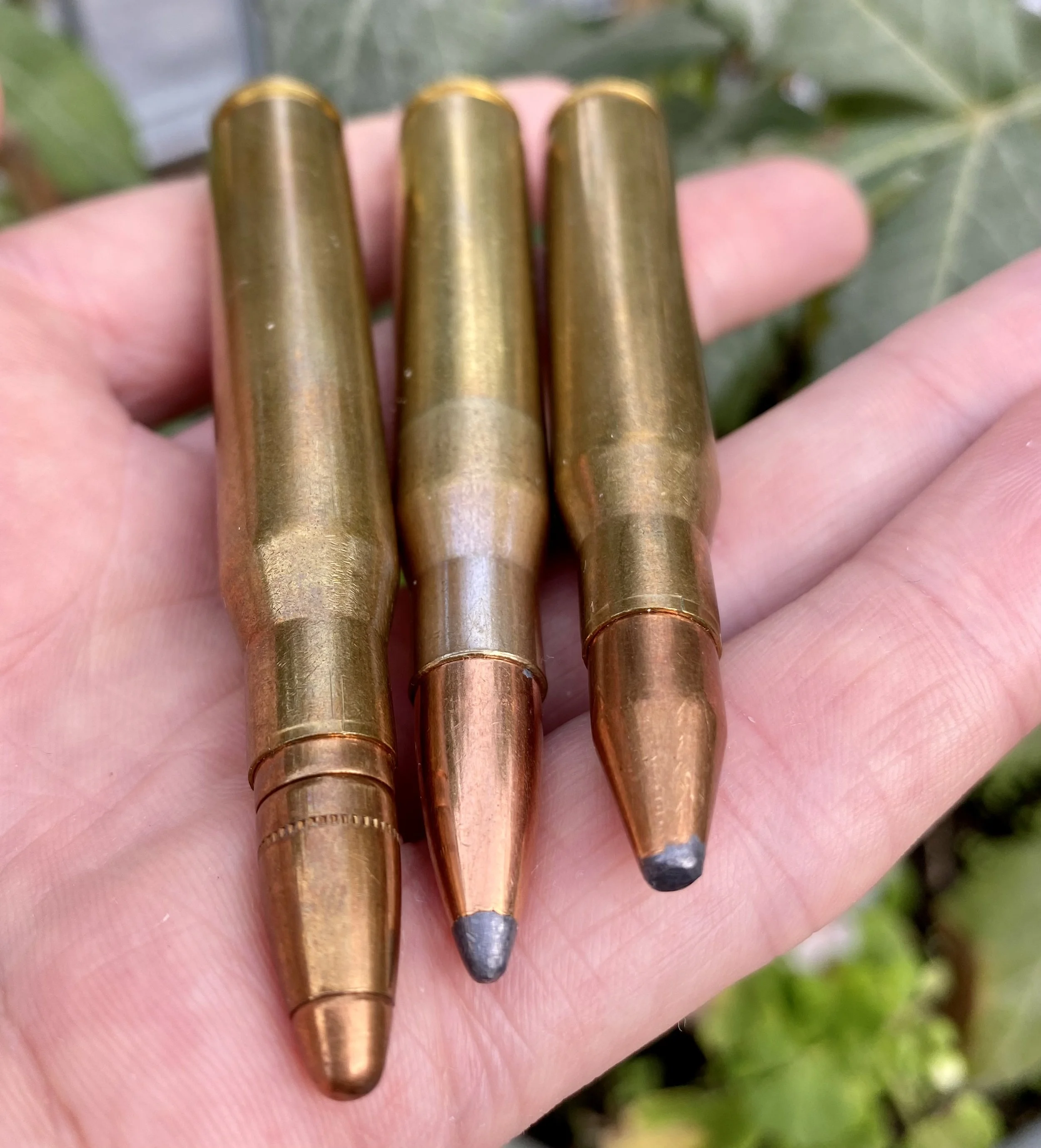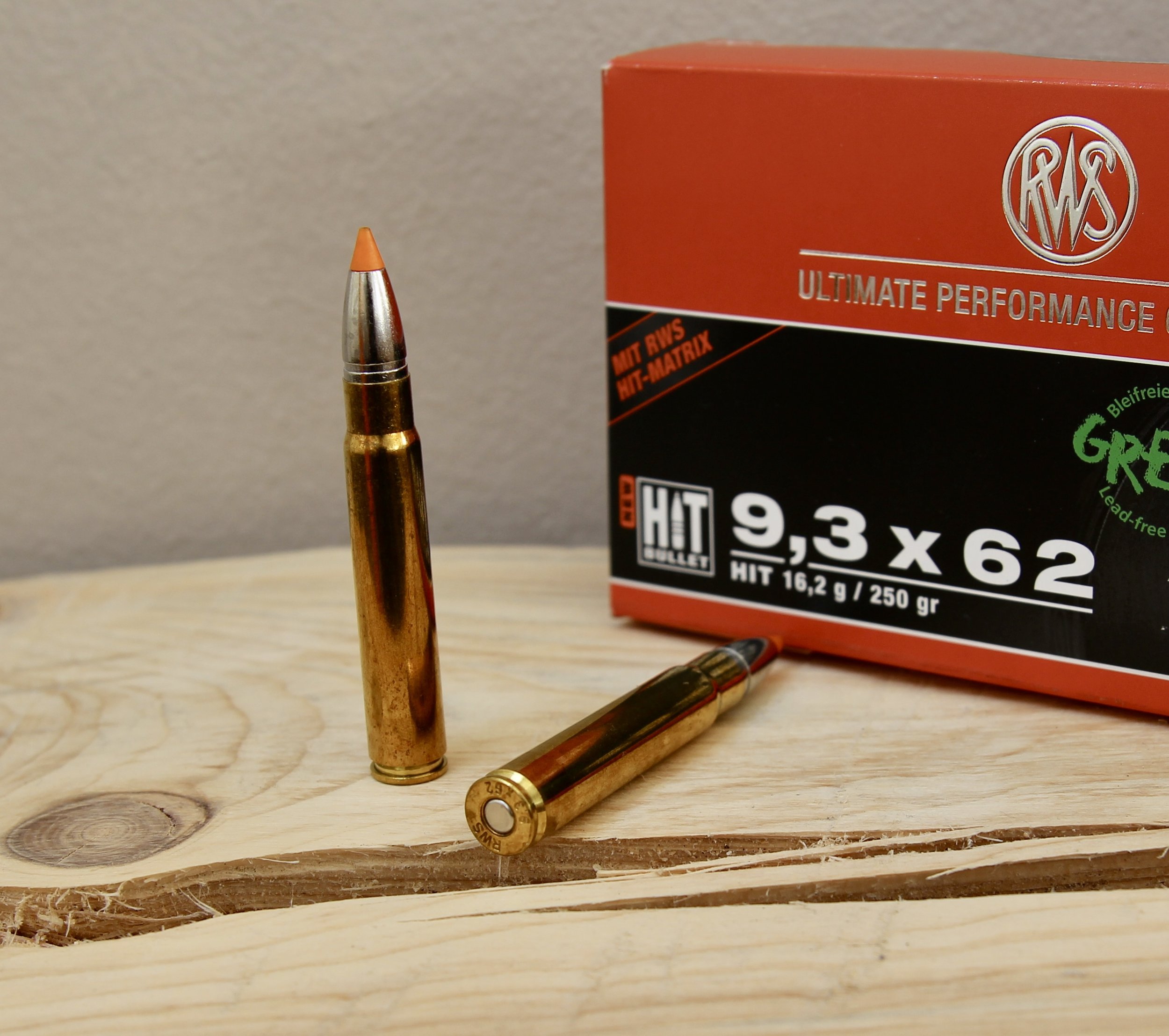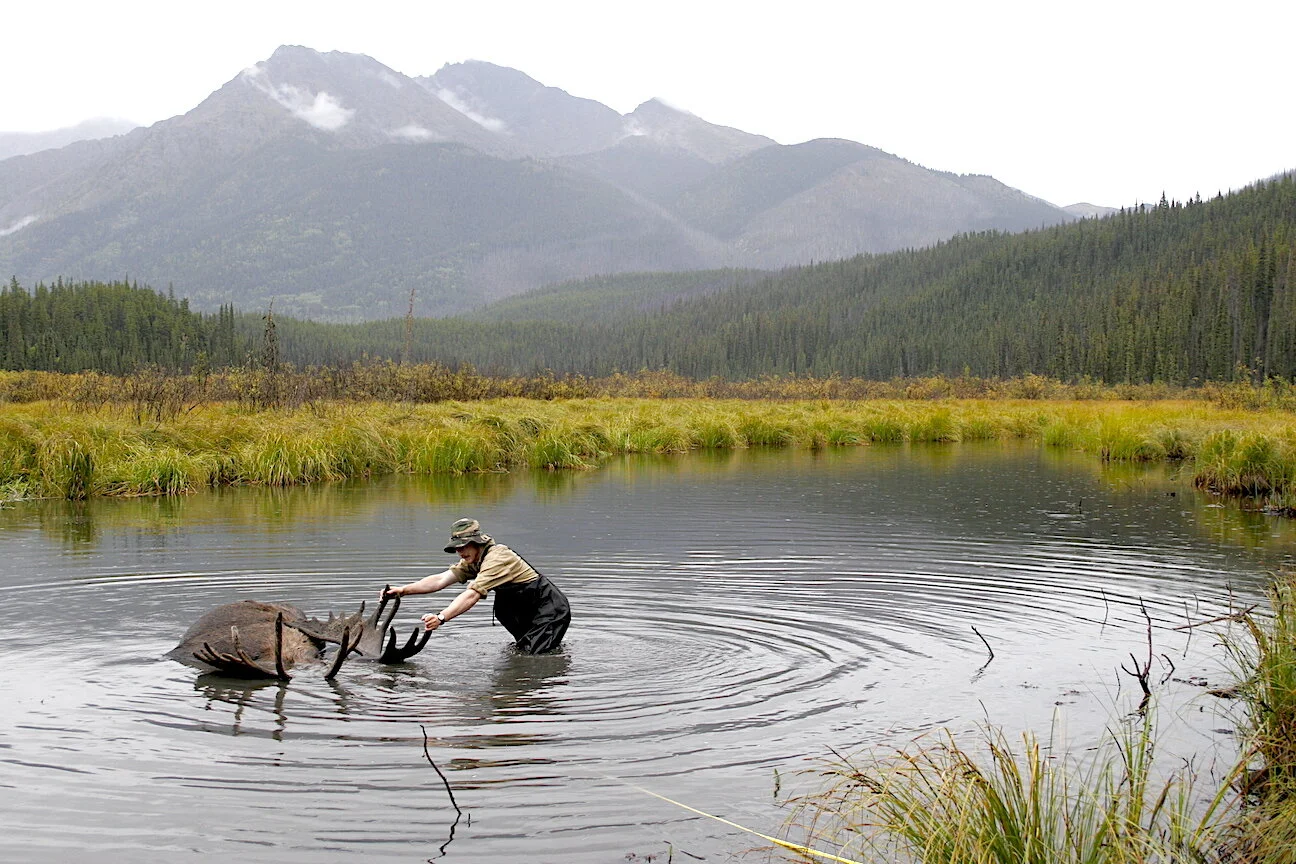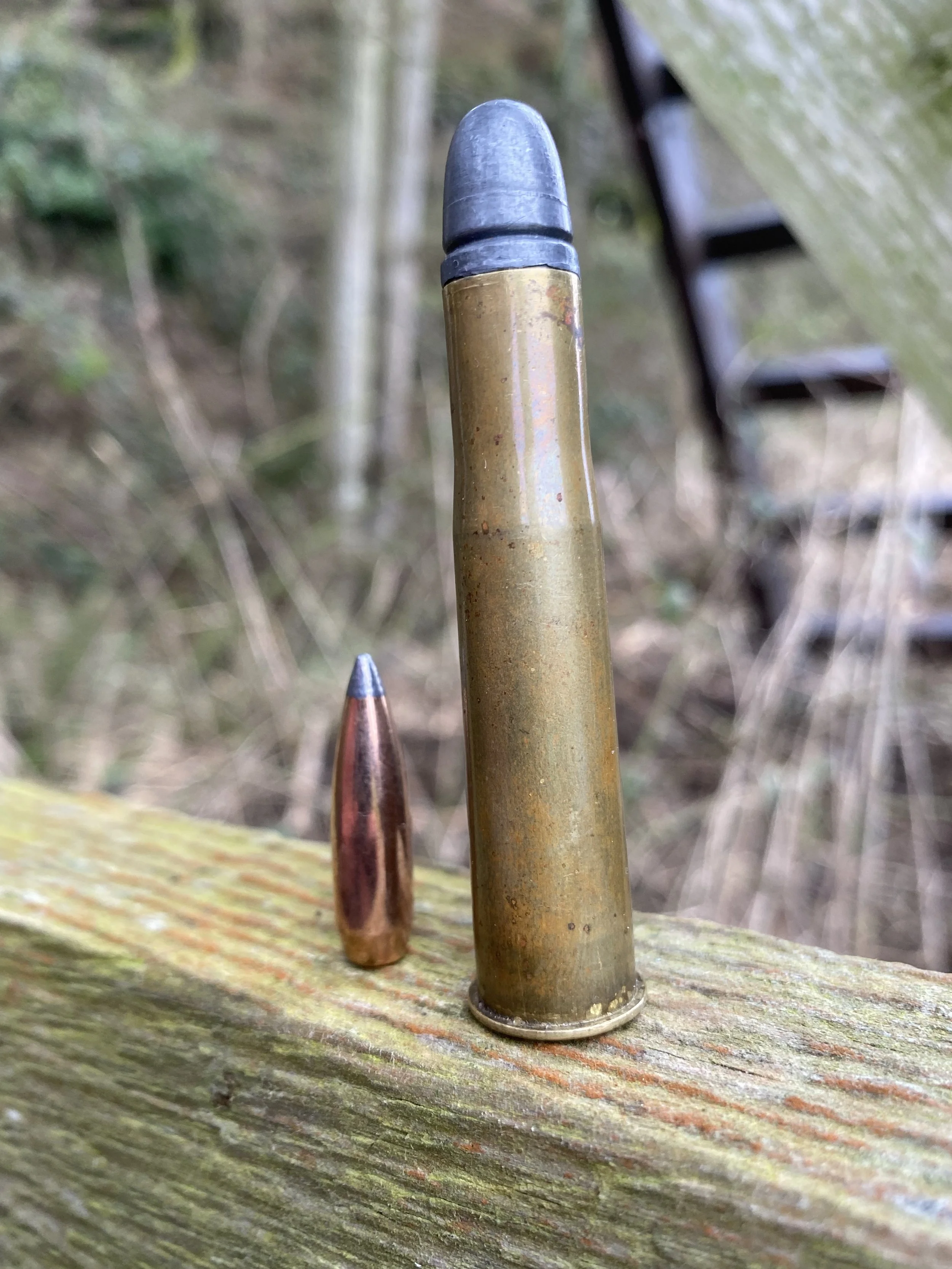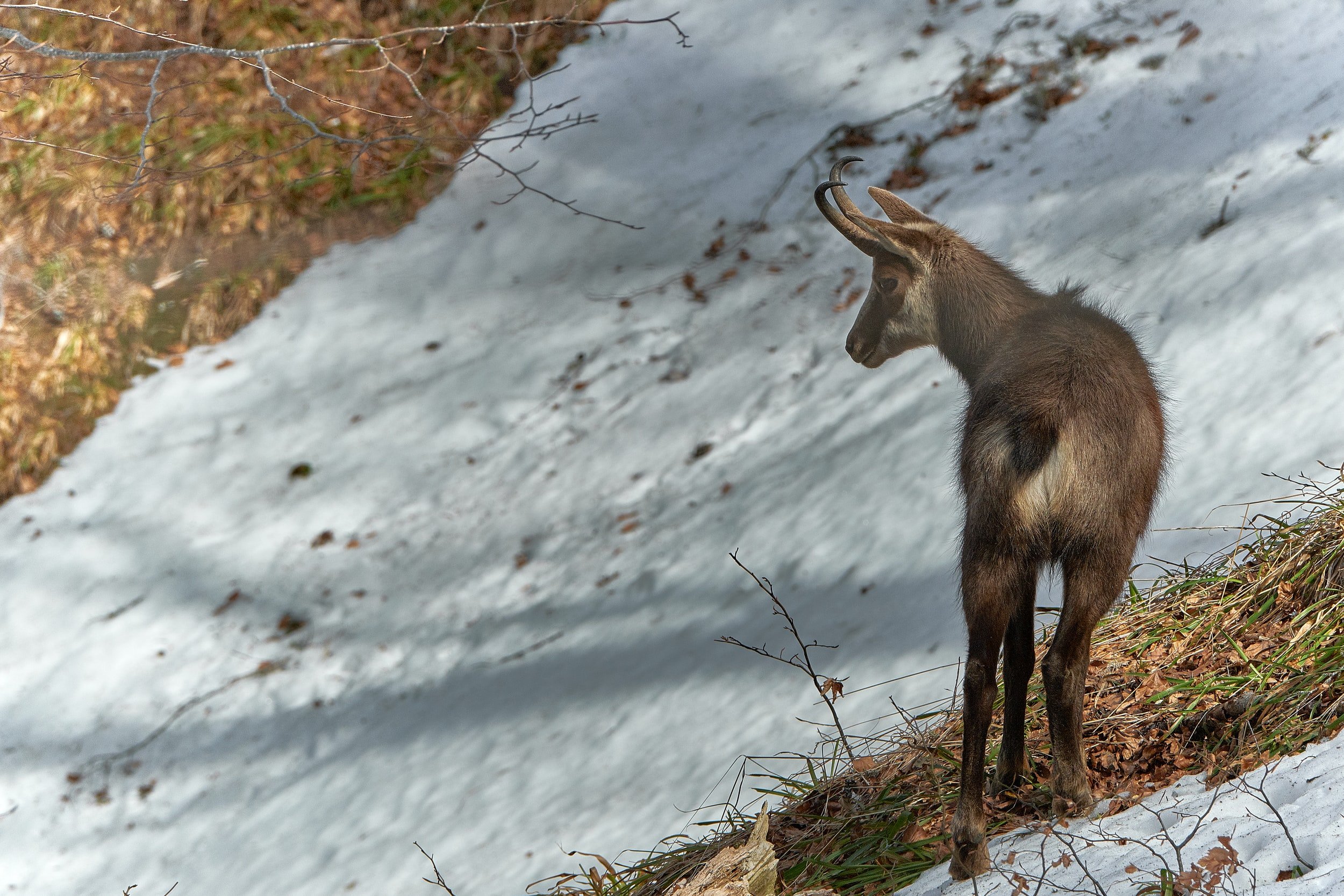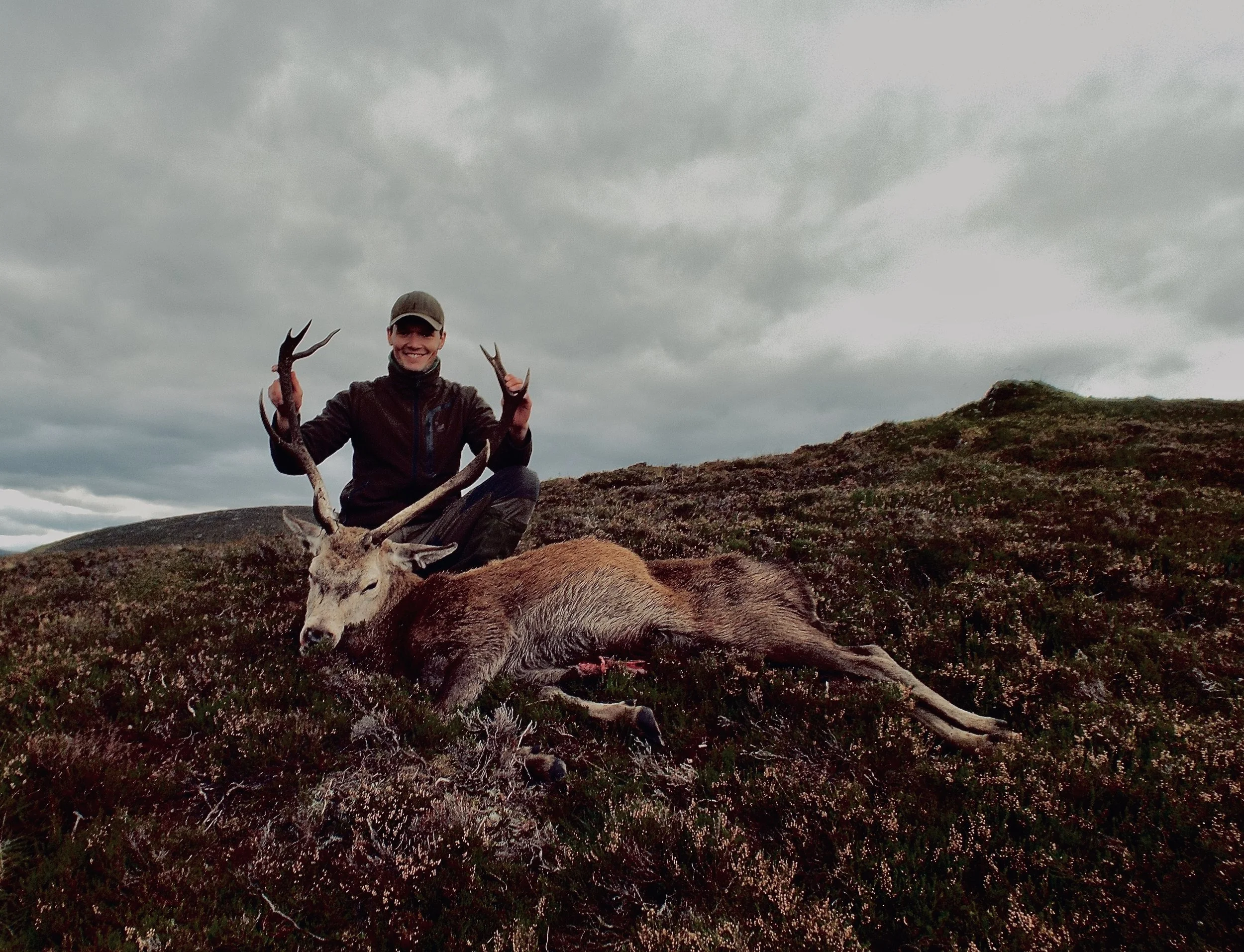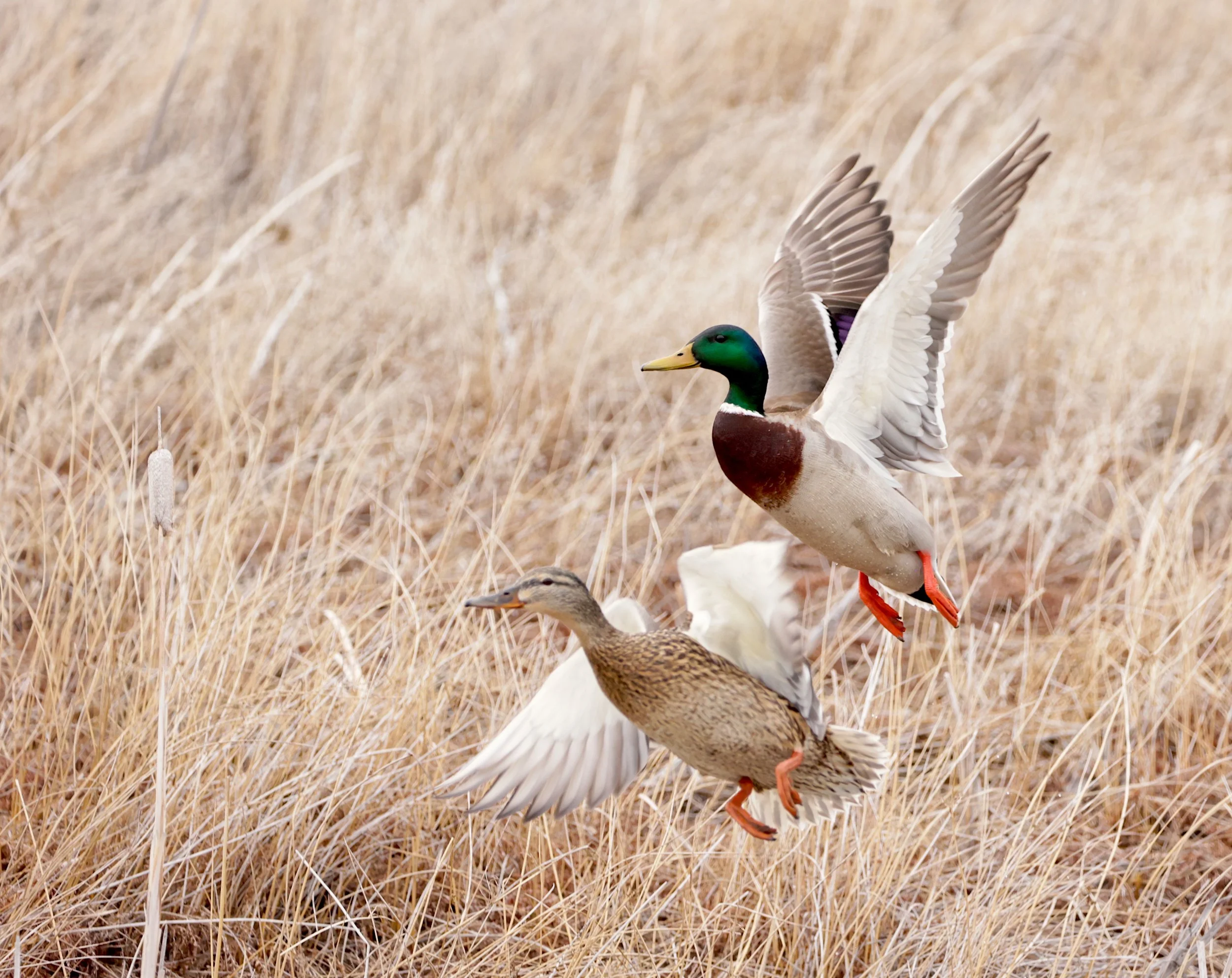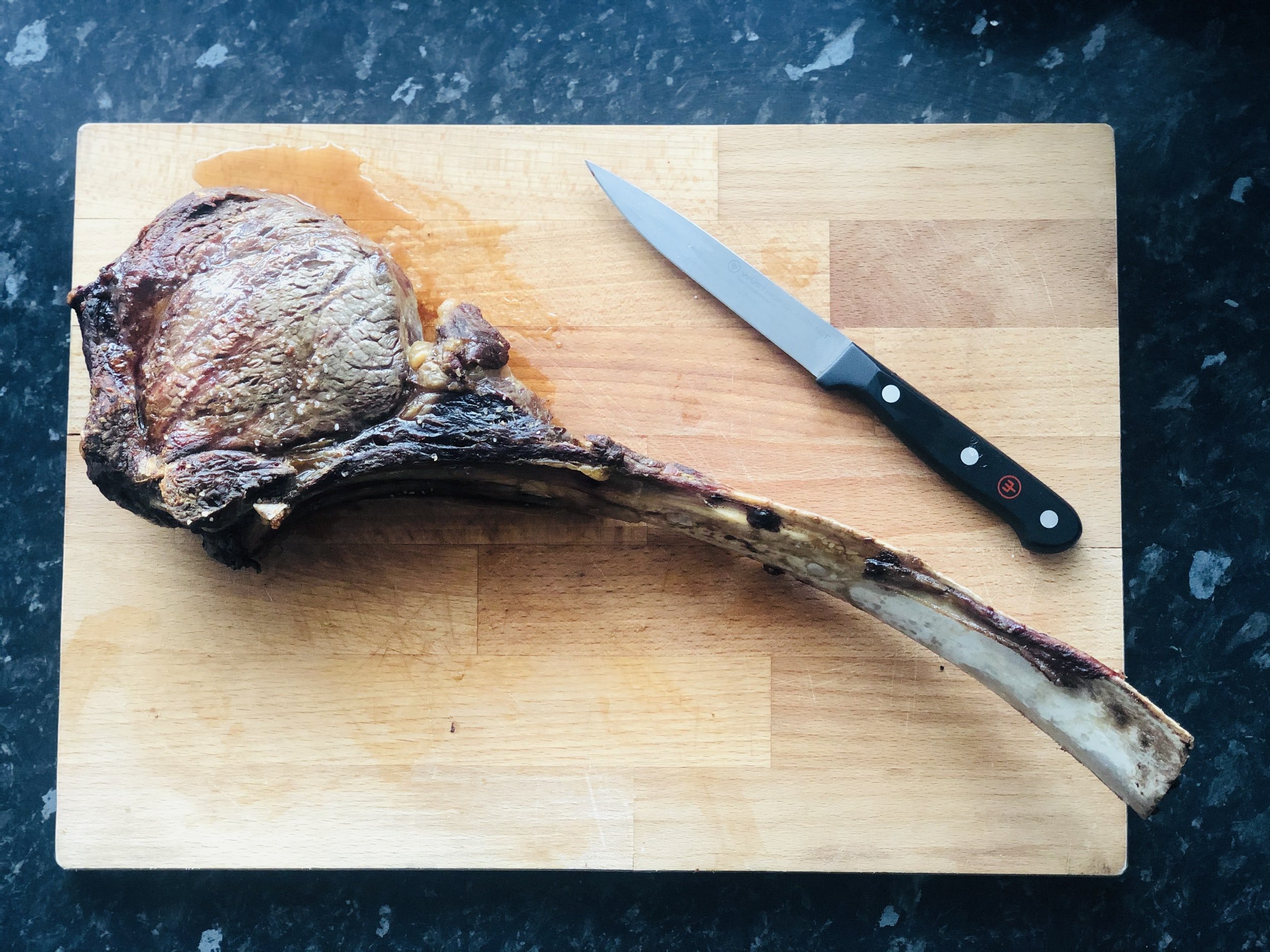Best Calibers for Driven Wild Boar Hunts
All of us are familiar with these articles -- the best cartridge for moose, bear hunting, and so on. I enjoy these writings as they offer a great overview of what is useful when tackling a certain species. If you're a novice to hunting, it's nice to know what others with more experience deem adequate or even great. No one wants to be the guy who's toting too big of a canon or, even worse, is severely undergunned for the task.
So, I was wondering what I could do to help people out. And, as a guy from Central Europe, Germany, to be more specific, I have a bit of experience at going after wild boar on driven hunts. Red deer, roe deer, fallow deer, and others are often hunted in the same drives, but these are typically smaller, less hard to kill, or both compared to wild boars. Driven hunts are an essential part of European hunting culture. Scandinavians drive everything, including their moose. Spanish and Portuguese hunters conduct a Monteria, and Germans attend a Drückjagd. Almost all parts of Europe know some sort of driven hunt. And while it is not one of the most mentioned methods in American outdoor media, in some places, American hunters drive big game, too. It is a fascinating and exciting way to harvest several animals with fewer days of disturbing them.
As you'll notice, no cartridge on the list is perfect in every regard. They all come with pros and cons. To determine which cartridges offer great all-around performance on this type of hunt, I identified three critical attributes and two more that are also noteworthy.
First, the obvious one: the gun should be powerful enough. Suppose you shoot at game animals weighing up to 400 pounds or more. In that case, they have a thick layer of muscle on their shoulder (the shield, as it is often referred to) and are often covered in hard mud that further stops bullets on their way to the vitals. A deep penetrating projectile with enough oomph is what the doctor ordered. If you add to the equation that shots on moving sows and boars probably won't be taken with hair-splitting accuracy, a bigger hole certainly leaves more room for error. This will leave out all milder cartridges, most of which will certainly get the job done with ideal shot placement, like the .243 Winchester, the 6.5 mms, the .30-30 Winchester, and maybe even the non-magnum 7mm cartridges. I like everything from the .308 Winchester up to the 9.3mm/.366 class, although the 7x64 Brenneke, the 7mm Mauser, and similar ones are used with great success each year.
The second attribute I consider to be essential is speed. Let me explain this. A flat trajectory is of no further use if you shoot at typical ranges encountered while driving boars in wooden areas. You'll hardly find a drive where a shot beyond 150, maybe 200 yards, is possible. Therefore bullet drop is a non-factor. But if the pigs come in, crossing an opening from side to side at full speed, a shot with a fast bullet will need less lead on the target. At 20 yards, the difference in the lead between a .45-70 government and a .300 Win mag is negligible; at 80 yards, not so much. Of course, knowing the necessary lead for your cartridge of choice at any given distance is of utmost importance. This is where practice comes in, as a lead also depends on the target's speed, distance, and angle.
Third and maybe most important, the shooter's tolerance of recoil and muzzle blast plays a significant role. A flinch, developed because of eardrum ripping noise or a Weatherby kiss on the forehead, hinders accuracy on moving targets as much as it does on distant targets. So each hunter should take an honest look in the mirror, assess what is too much, and choose a cartridge that won't beat them out of the woods. Fortunately, recoil is usually felt less when shooting from a standing position and fired in live action. For practice purposes, at least the standing position makes handling big cartridges easier.
Two additional aspects that are less critical, in my opinion, but can make a difference, are:
First, magazine capacity. Big magnum cartridges check some boxes, but these chamberings usually occupy more space in magazines. Especially magazines for the fat short magnum cartridges often only accommodate 2-3 cartridges. This might be too little when a sounder of boars approaches your stand. It won't happen all the time, but a chance for 4-6 boars out of one sounder, shot within seconds, is always possible when you drive these critters. A shot or two in the spare isn't bad, either, as a poorer-hit swine may need a follow-up shot.
Another thing to keep in mind is suppressors/silencers. Where legal, they are very effective tools to reduce noise and recoil. That makes it easier to stay on target while cycling the bolt and can be the difference between one or two shots fired. And, of course, a huge difference in hearing loss for you and your dog, should he join you in your stand. Barrels can't be too long the use of them; otherwise, the gun becomes too long, with its center of gravity being too far in front of you. This decreases shooting ability. 18 or 20 inches are best for moderators; 22 will probably work with a good setup. The fast magnums usually need long pipes for optimal performance, so keep that in mind. A muzzle break will reduce recoil and hearing simultaneously, so I'm not a fan.
But now, let's get started with some proven cartridges for driven boars.
.30-06 Springfield
My favorite cartridge, not only for driven game. The .30-06 Springfield with heavy caliber bullets hits hard enough for boar.
This fine and slightly better-known cartridge is my all-time and all-around favorite, so I feel free to start with the ought-six. It is no coincidence that it appears on almost any best-cartridge list, no matter what big game species is targeted. It. Just. Works. It offers an almost perfect blend of power, recoil level, speed, and cartridge size and has one of the largest bullet selections in factory ammo and hand loaders. All this can be said about the .308 Winchester, too. And arguments about which one is the better design are as superfluous as toothache. But the .30-06 happens to be my favorite, not the .308. That's why I go with the older design.
Some experienced shooters consider even this cartridge to be on the small side for the biggest boars, but I never feel undergunned with a trusty workhorse like this. Other hunters will flinch even when shooting this pill, although it is often regarded as the amount of recoil most people can learn to tolerate.
Choose a heavy projectile that will hold together when big bones need to be crushed, and you'll be fine. Partitioned, bonded, or monometal bullets are known for reliable penetration, so choose the one you like best.
One definite advantage when on driven hunts that also offer chances at roe deer is that the .30-06 won't make a bloody mess out of these more fragile animals. Of course, shot placement and bullet selection factor into the equation, but a .338 Win Mag, for example, is too much for roe deer, no matter the bullet.
8mm Mauser
A Mauser 98 in 8mm Mauser is almost never a bad choice. It's definitely not for driven hunts.
In terms of performance, the 8mm Mauser is the European answer to the American .30-06. Historically, the opposite is the case, as the 8mm Mauser and its predecessor date back to the end of the 19th century. In 1905, the german military increased the diameter of their service cartridge from .318 (this pre-1905 cartridge still exists as the 8x57J or I) to .323 (the modern cartridge from 1905, called the 8x57JS or I.S.). The bigger S-Diameter is what is used today for the most part.
The cartridge shoots a little heavier and wider bullets but is also a little slower than the .30-06. The difference is too little to play a role, and both chamberings are great for driven boar hunting. I favor the American design (shame on me, right?), but only for the huge amount of different factory loads out there. You won't find as many for the Mauser cartridge, but that's the only drawback. This cartridge is fairly easy to shoot, powerful, and reasonably fast, and a hunter with a magazine full of these pills should be confident when boars approach. With little energy loss fired from short barrels, this cartridge works great with suppressors.
.300 Winchester Magnum
Two medium-sized wild boars taken within 20 minutes.
Stepping up a bit, the .300 Winchester Magnum is a great choice for those who want to hit their quarry with a little bit more persuasiveness. It is very fast, making it perfect for distant and fast-moving pigs. The speed reduces the guesswork while shooting as the point of aim is closer to the point of impact on the boar. It is a lot for roe deer and great for red deer, so depending on the occurring species, it may suit better or worse than the aforementioned cartridges. Tough bullets are a must for the bullets to withstand the high velocities at close ranges without breaking apart. Regarding driven hunts, the 7mm Remington Magnum is a lot like the .300 Win Mag but not nearly as common in Europe.
Anything more magnum, like a .300 R.U.M. or a .300 Weatherby, is unnecessary and falls in the category of too much of a good thing, with muzzle blast and noise just too much for a fast series of shots.
8x68S
The 8x68S is a more powerful .323-diameter cartridge than the 8mm Mauser.
In America, only serious gun guys probably know about this fantastic big game-stopper. Often compared to the .300 Winchester Magnum by Europeans in terms of use, recoil, and performance, the ballistical twin is the .325 WSM. Both use .323-inch diameter bullets and launch them at serious velocities.
Developed from scratch in the late 1930s, it perfectly fits in a standard-length Mauser 98-system and uses its dimensional limits. It offers plenty of punch, and African P.H.s hold the cartridge in high regard for giant antelope. It works excellent on moose, bears, and of course, big wild boars, too. The bullet selection is smaller than for imperial diameters (see the 8mm Mauser), but there are quite a few factory loads available. As I mentioned above, short barreled guns in magnum cartridges lead to a significant loss in speed and energy. So guns with short barrels, popular for driven hunts due to their maneuverability, are not ideal for both the 8x68S and the .300 Win Mag.
.338 Winchester Magnum
Reaching the upper echelon of what is a reasonable chambering to use for the driven game, the .338 Winchester Magnum offers superb stopping power for all kinds of heavy critters. Although not necessary for the wild boars most likely encountered, it is quite nice to point a rifle chambered in .338 Winchester at the big, 400-pound hog one might encounter in some places. The high-SD bullets will find a path through even the thickest shield at any angle. All this performance certainly comes at the cost of increased recoil. Many shooters will be able to learn how to use this big boy effectively, but for some, it might be just too much for extended practice or a series of shots at a sounder of swine.
On this list, the .338 Win Mag is probably the least common among hunters on driven hunts, although it deserves to be used more often. From time to time, though, even European manufacturers offer rifles of this helpful caliber.
9.3x62mm
More than the 9.3x62mm cartridge is unnecessary for any game encountered during driven hunts.
The biggest and, in my opinion, best cartridge on the list when targeting specifically wild boars in wooded areas. Capable of even cleanly taking cape buffalo, it is certainly convincing enough to stop any boar walking around. It is not too big for wild boar, for sure, as they can suck up a lot of lead when full of adrenaline. And that is usually the case when shots are fired, and dogs are on their heels.
It can be quite destructive on small deer and piglets, at least when bigger bones are hit.
Surprisingly, recoil isn't that bad. It's somewhat stout, but like it is the case with a lot of heavy and not excessively fast bullets, it's more of a push than a sharp kick. When used with suppressors/silencers, it is downright easy to handle. As I said, no cartridge will only provide advantages. It is not as fast as others, so it lacks a bit regarding lead, as described. But it's easier to tame and shoot well than others in this energy class.
Many different loads are available, and handloaders can squeeze out even more versatility. Carry a 9,3x62mm in a drive for hogs, and you won't have to second guess your choice.
Honorable Mentions
A large group of other cartridges exists that have been, are, and will be used to great success on driven hunts. So, if you personally like the 7x64 Brenneke, the 7mm Remington, the .375 H&H, the .45-70 government, the .270 Winchester, or others with similar power, better, rest assured that you'll probably be well equipped on a driven hunt. The rimmed versions of some metric calibers like the 7x65R Brenneke, the 8x57JRS, and the 9,3x74R are ballistical twins of the rimless cartridges, so a double rifle or a combination gun in one of these chamberings offers less firepower, but works fantastic, too. The most important factors are the shooter, shot placement, and the bullet.



